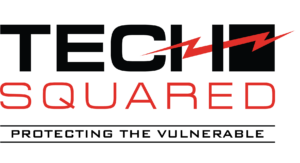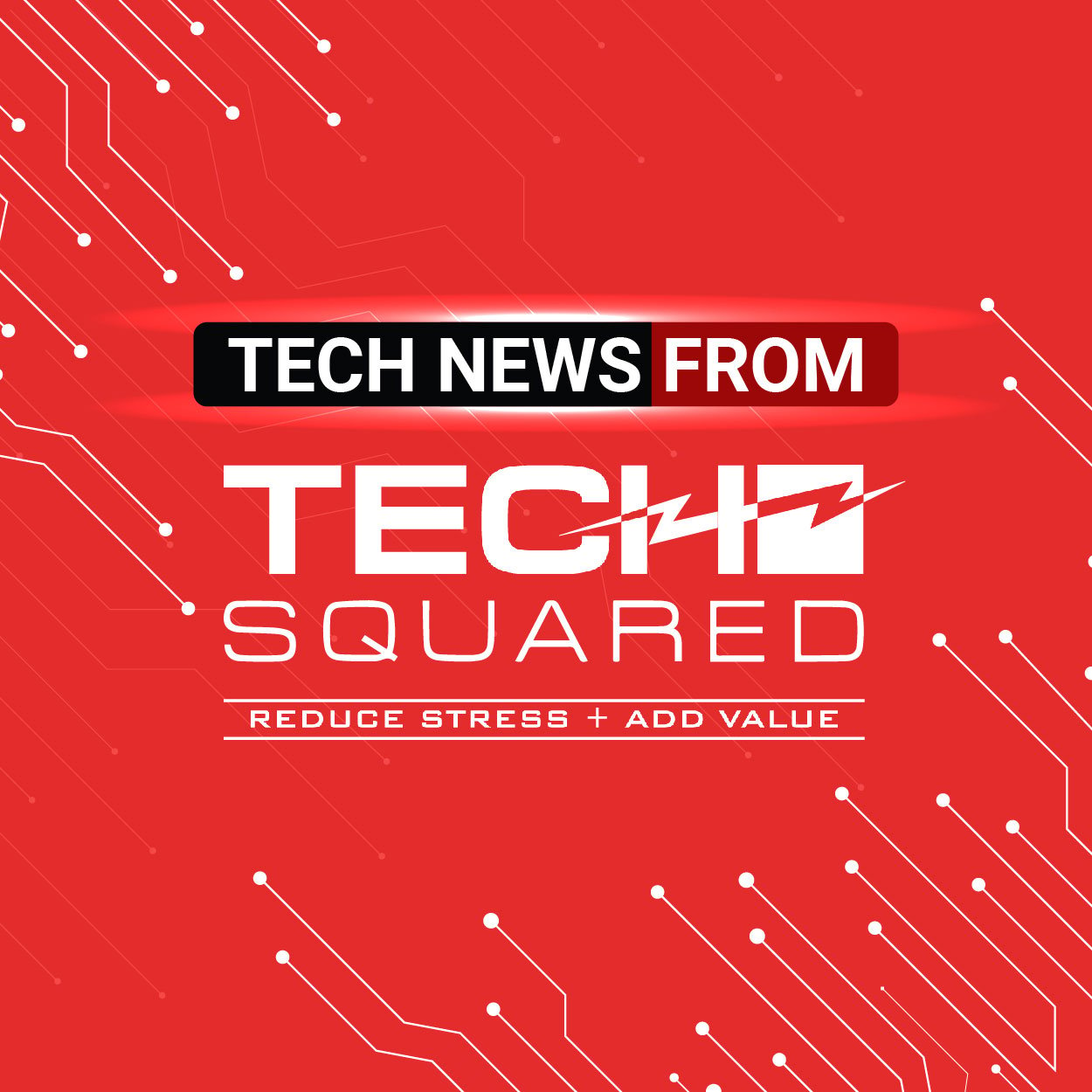Cybersecurity is a valid concern when it comes to implementing a work from home (WFH) policy. By following these cybersecurity best practices, your staff should be able to do their job anywhere without compromising your business’s network and data.
What are the risks of remote working?
Most of the risks associated with working remotely come from your employees’ side.
- Your employees could be using their own computer or mobile device, which they may also use to visit suspicious websites or download harmful files outside of work.
- They may be using unsecure connections, such as public Wi-Fi or even their home internet, which hackers can easily penetrate to steal or intercept business information.
- They may — whether on purpose or not — let their access credentials be known to third parties, such as their friends, family members, or even complete strangers.
- They may lose the laptop or mobile phone they’re using for work. These devices can then be used by hackers to steal crucial data, such as your company’s trade secrets.
But some issues may come from your company’s end, too.
- If all your employees use a virtual private network (VPN), your company may not have enough resources to handle simultaneous VPN connections, preventing your staff from accessing information when they need it. This may force personnel to use unsecure connections.
- You may not have implemented access and authentication policies, allowing just about any of your staff to access all files or any part of your network.
What cybersecurity best practices should your staff follow?
Employees are often considered the weakest link in cybersecurity. After all, a whopping 90 percent of data breaches can be attributed to human error. For your remote employees, it’s vital that they follow these cybersecurity tips:
#1. Secure their Wi-Fi
Public Wi-Fi networks, such as those in cafes and airports, are generally risky, but even your staff’s home connection may not be secure. To augment their wireless network’s security, they should:
- Change their router’s admin credentials
- Change their network’s SSID and implement a strong password
- Encrypt their connection with WPA2 or WPA2 AES, when possible
- Update their router’s firmware
#2. Install anti-malware software
Anti-malware solutions protect one’s system from viruses, worms, Trojans, ransomware, and other types of malware, so installing them should be a given. There are free versions in the market, but the protection they offer is limited. For the highest level of protection, it’s best to invest in the full versions.
#3. Lock their screen
Whenever they leave to go to the bathroom or take extended breaks, your staff should make sure to lock their devices. This is a good habit to have, especially when they’re sharing their working space with other people. Keeping their devices locked is a basic safeguard against snooping third parties.
#4. Back up their files
On the off chance that your staff fall victim to ransomware or lose their devices, keeping backups of important files will prevent downtime and loss of crucial information.
#5. Keep their login credentials to themselves
Your employees must never, ever, share their passwords and other login credentials, even with close friends and family members. Discourage them from writing these details in notebooks or on sticky notes, as these can be easily found and taken by anyone.
#6. Install encryption tools
Encryption tools encipher the data on a computer. The data can only be accessed by those who possess the right credentials. Should your staff’s computer be stolen or their emails intercepted, encryption tools will prevent hackers from reading the data contained in the machine or message.
#7. Update their security software
Regularly updating security software ensures that these programs are up to date on the latest cyberthreats. This enables them to function optimally and have the best protection.
What can you, the business owner, do?
Protecting company data isn’t solely your staff’s responsibility. You need to follow these cybersecurity tips, too:
#1. Implement a zero trust policy
This assumes that everyone inside your network is a threat to your cybersecurity. A zero trust policy entails granting your staff no more access to information than is necessary for them to complete their task. The policy also entails always verifying the identity of all users in your system.
#2. Impose MFA
Multifactor authentication (MFA) requires users to provide one or more authentication factors, such as a fingerprint or one-time password (OTP), to verify their identity. MFA goes hand in hand with a zero trust policy.
#3. Offer support
Train your staff on what to do should they experience a cyberattack. Outline steps they can follow and provide a number or email address they can contact during or after the incident. When possible, provide feedback on their response.
#4. Work with experts
A remote work policy may exert new pressure on your IT resources. Working with a managed IT services provider (MSP) like Tech Squared will help you anticipate your business’s needs and address them. For instance, they can set you up with a good VPN or anti-malware solution. Their proactive IT maintenance and management will also help you avoid tech-related problems before they escalate and impact your business’s operations.
If cybersecurity is one of your business’s greatest concerns, our experts here at Tech Squared are ready to help you out. Read our free eBook to discover the cybersecurity solutions you need today!
More Than Just Tech Support


